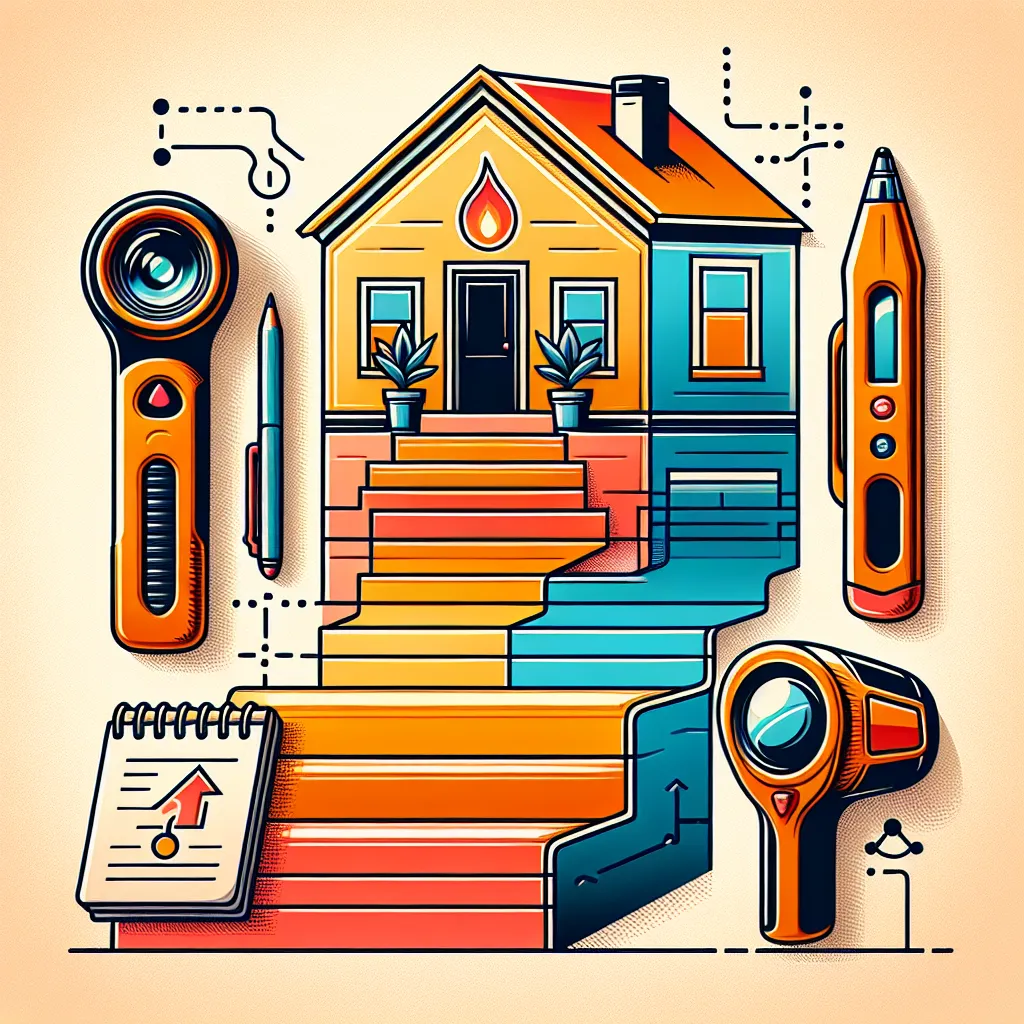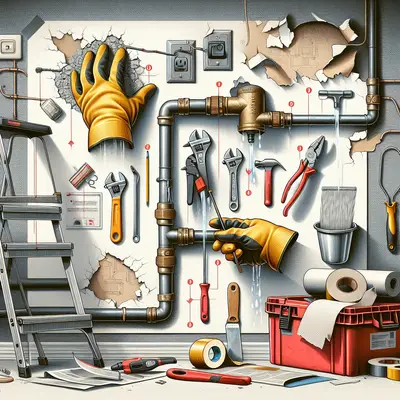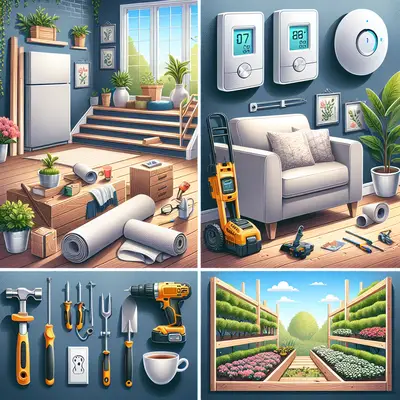Step 1: Roof and Attic Inspection
First and foremost, inspect your roof. Look for missing or damaged shingles and other signs of wear and tear. If you're comfortable climbing a ladder, you can do this from the roof itself. However, a pair of binoculars can make the job just as easy and a lot safer. Following the roof, head to the attic. Check for signs of leaks, water damage, or insulation issues. Remember, a well-insulated attic can significantly reduce your utility bills.
Step 2: Exterior Walls and Foundation
Inspect the exterior of your house next. Look for cracks or holes in your walls, as these can let in pests or water. Pay particular attention to areas around windows and doors. Also, check your foundation for cracks or signs of shifting, which might indicate serious structural problems.
Step 3: Plumbing System
Check all faucets and toilets in your home for leaks. A slow leak might not seem like a big deal, but over time it can lead to significant water damage and waste. Also, check the areas around appliances like your dishwasher and washing machine for signs of leaks or water damage.
Step 4: Electrical System
Next, turn your attention to your home's electrical system. Check all light switches and outlets to ensure they're working properly. Look for signs of faulty wiring, like flickering lights or outlets that are warm to the touch. Remember, always consult with a professional if you suspect electrical issues, as handling this yourself can be dangerous.
Step 5: Heating and Cooling Systems
Lastly, inspect your heating and cooling systems. Make sure your furnace and air conditioner are working properly and efficiently. Check and replace your air filters regularly, and consider having your ductwork professionally cleaned every few years.
Conclusion
Conducting a DIY home inspection isn't about catching every minor issue. Instead, it's about becoming familiar with your home and understanding how it works. By taking a proactive approach, you can spot potential problems early, save money, and keep your home in tip-top shape. Remember, when in doubt, always consult with a professional. Happy inspecting!



